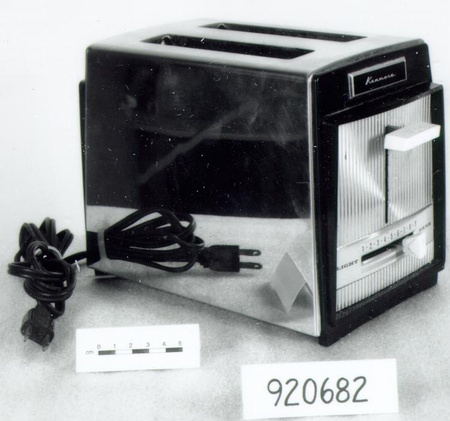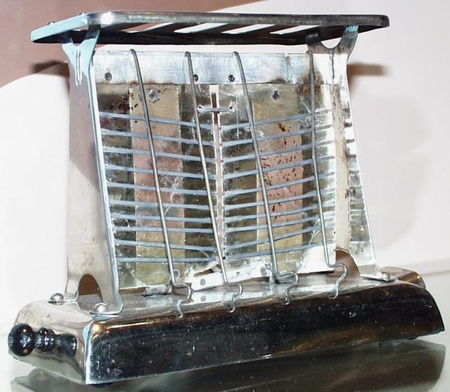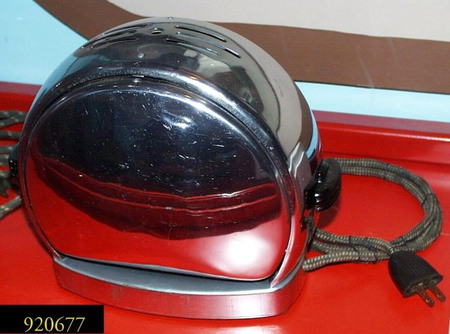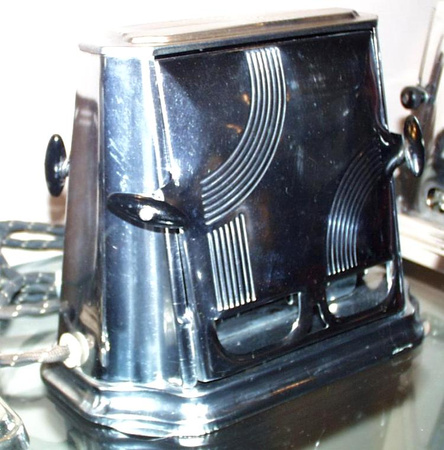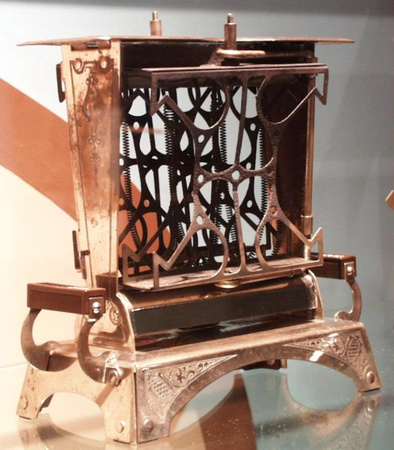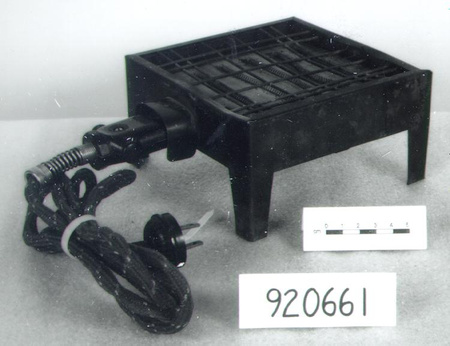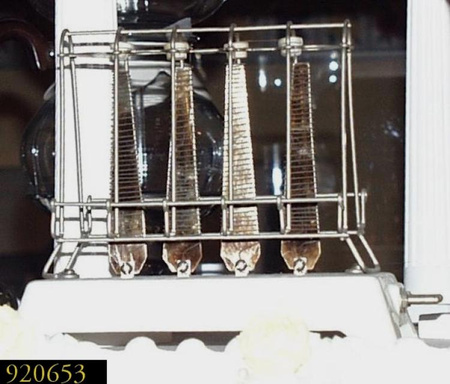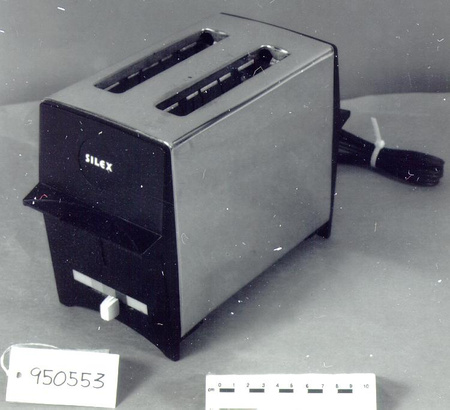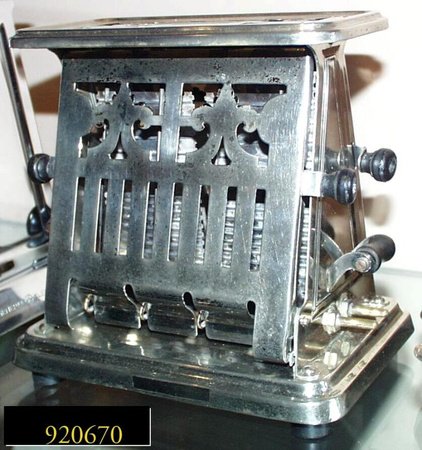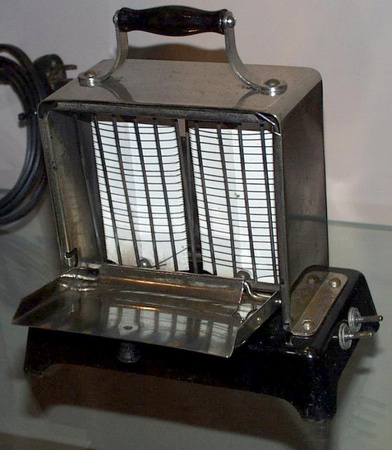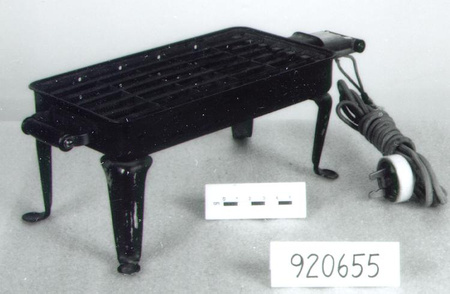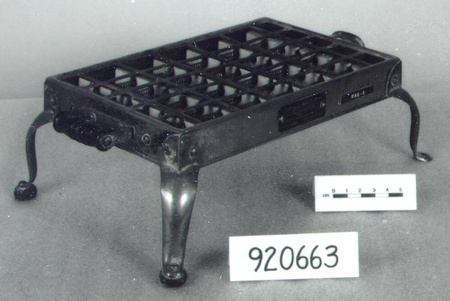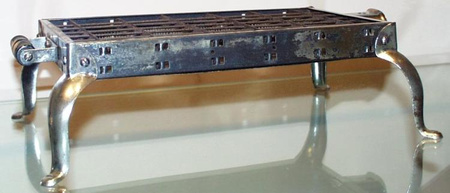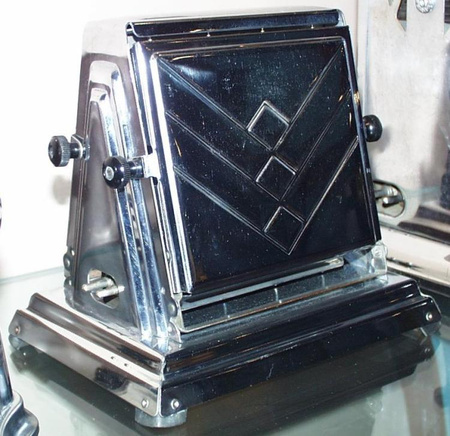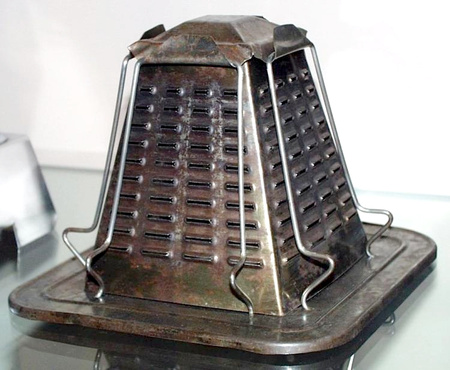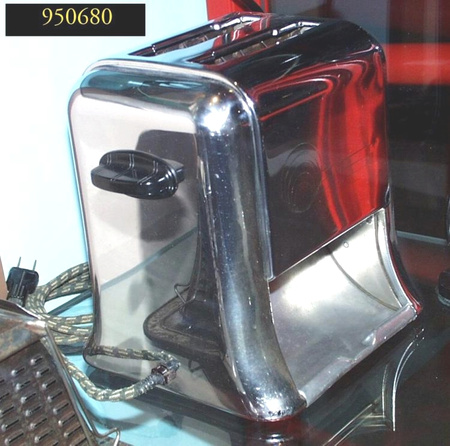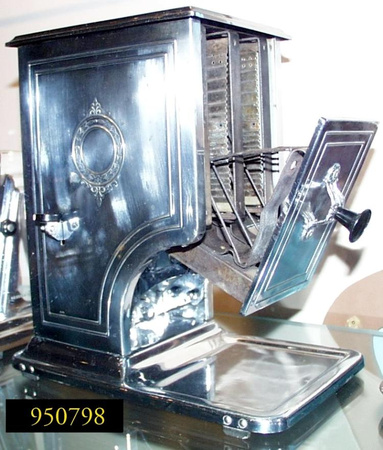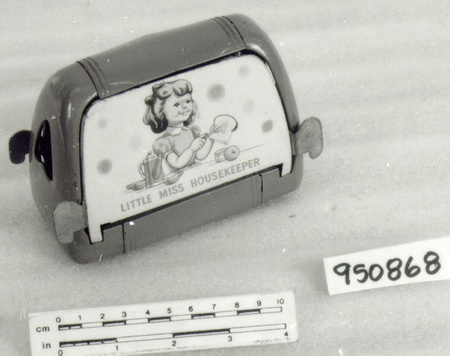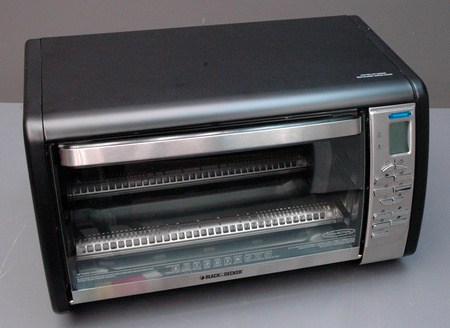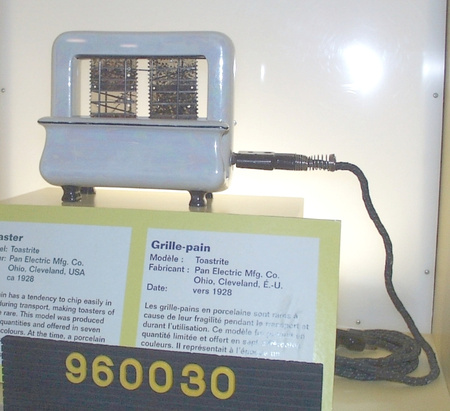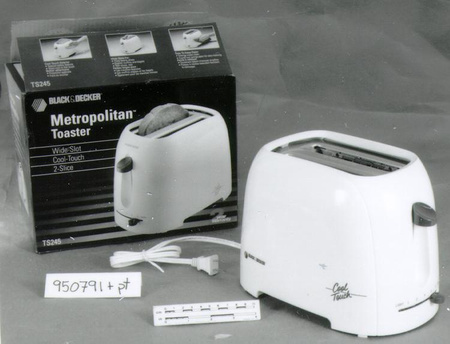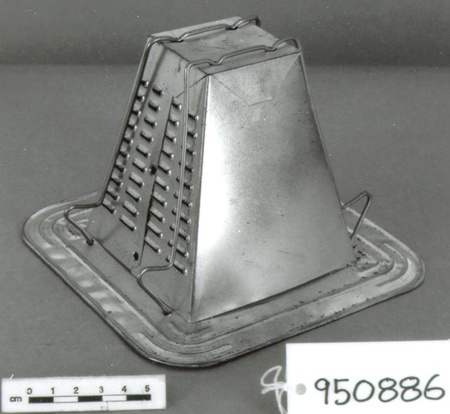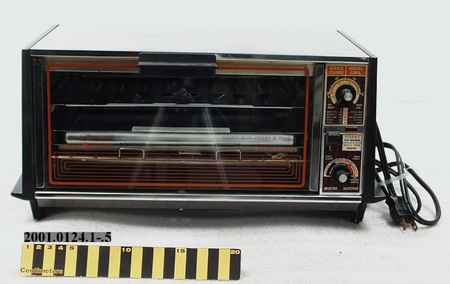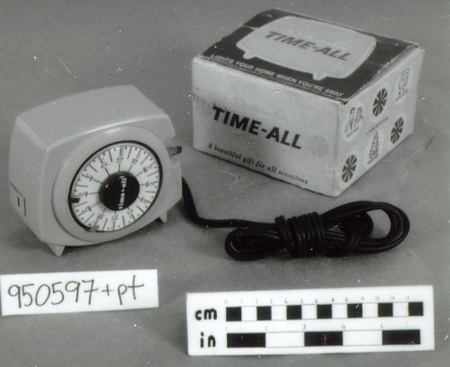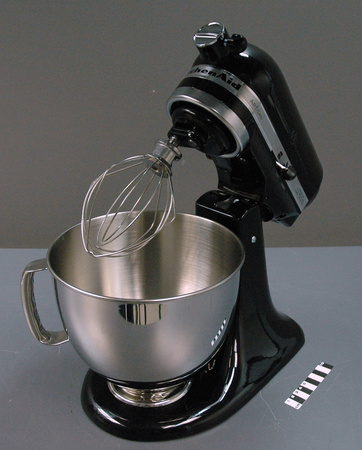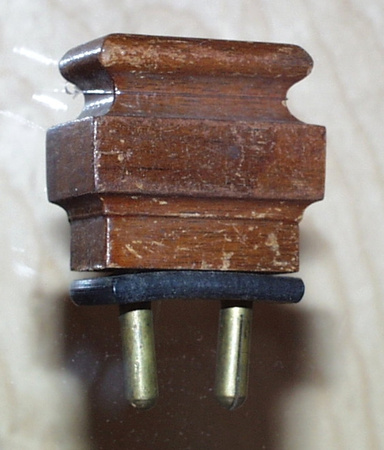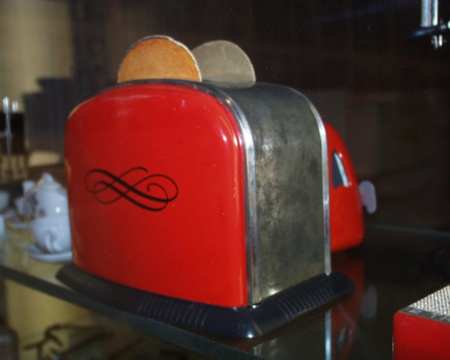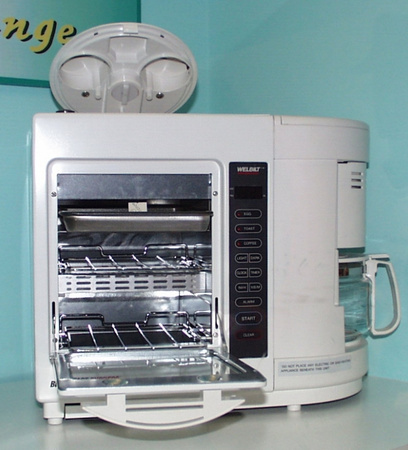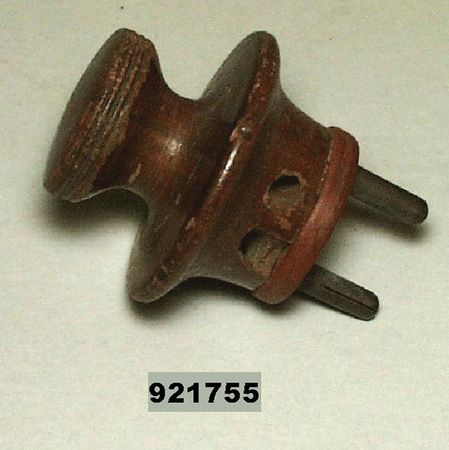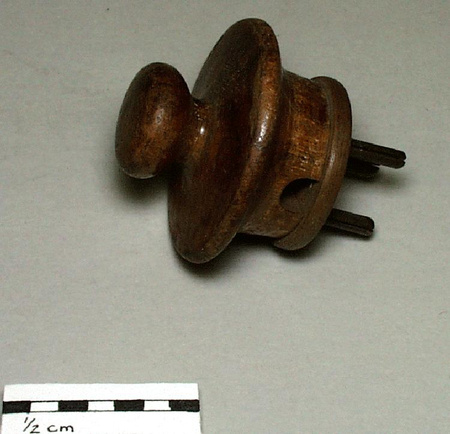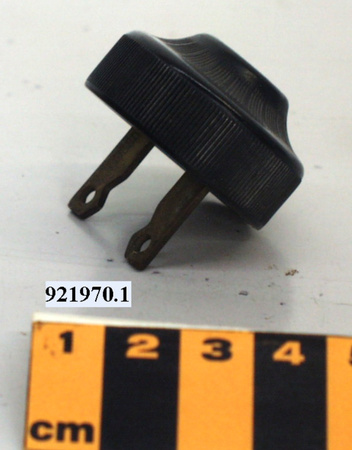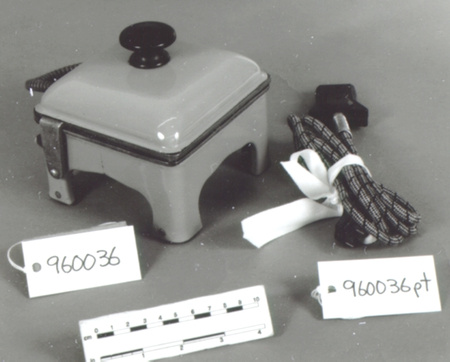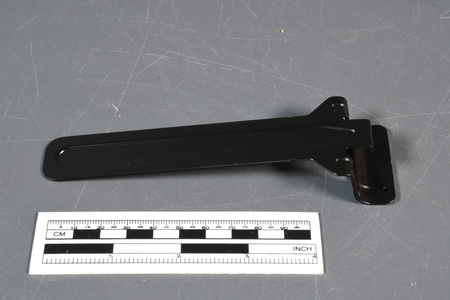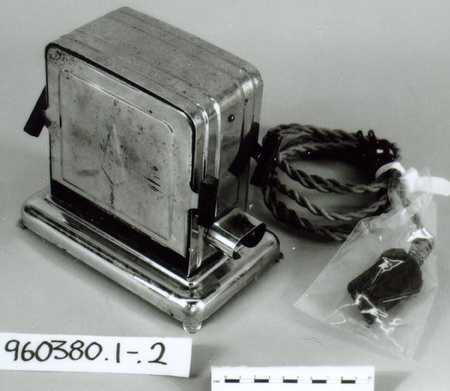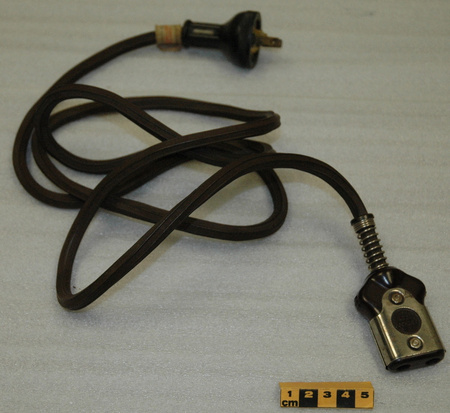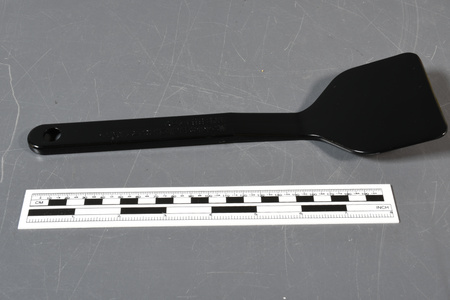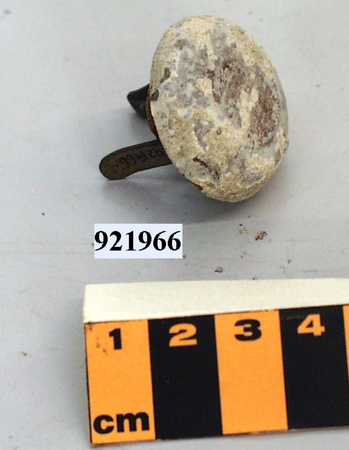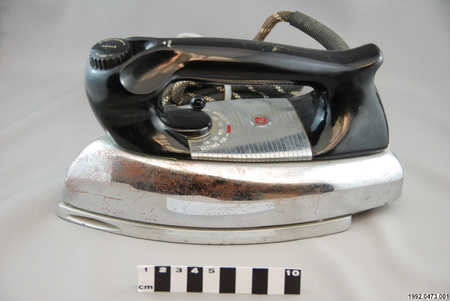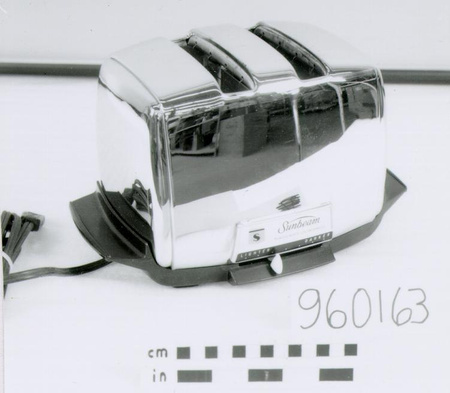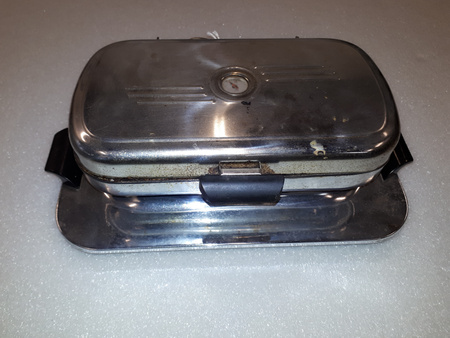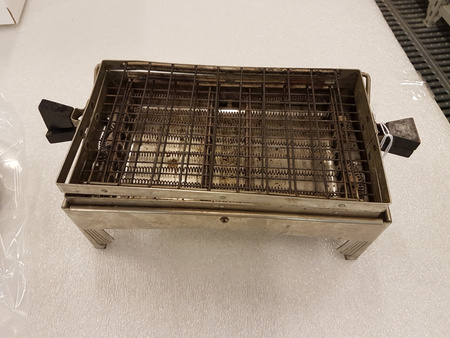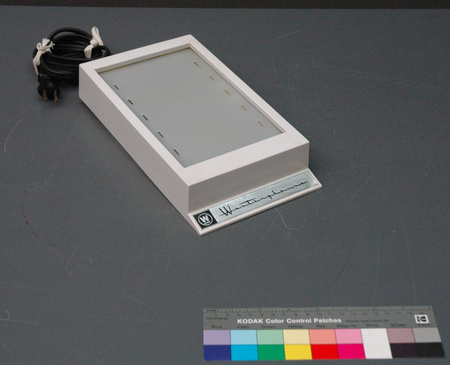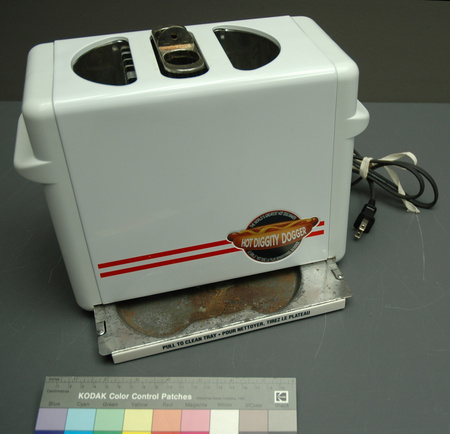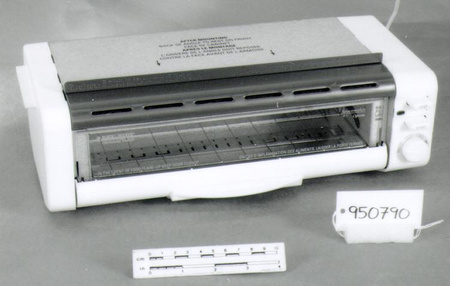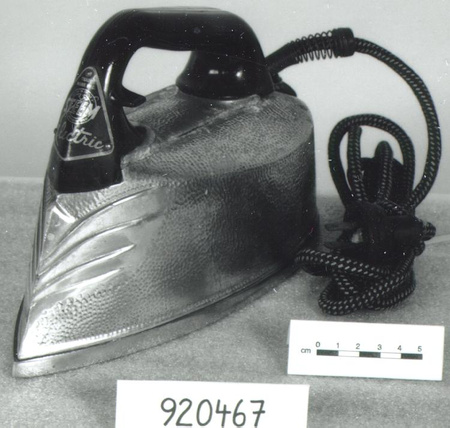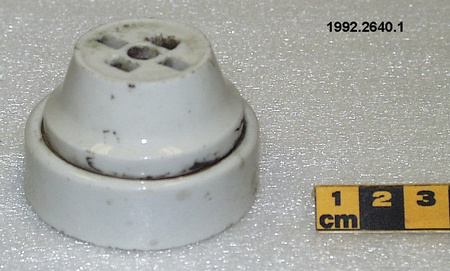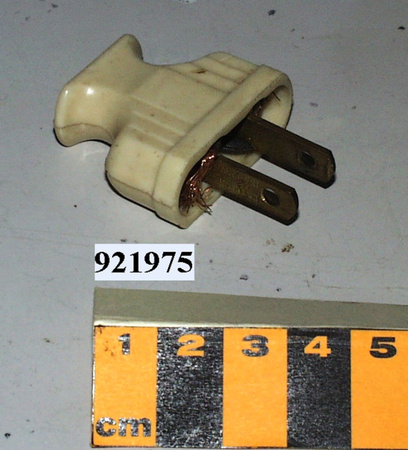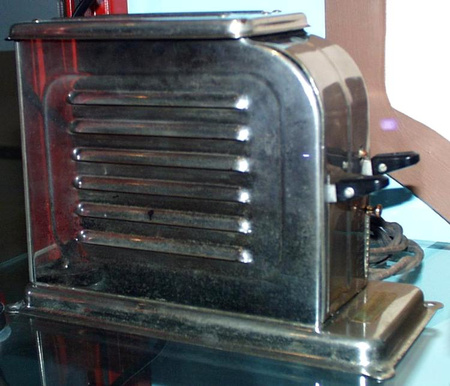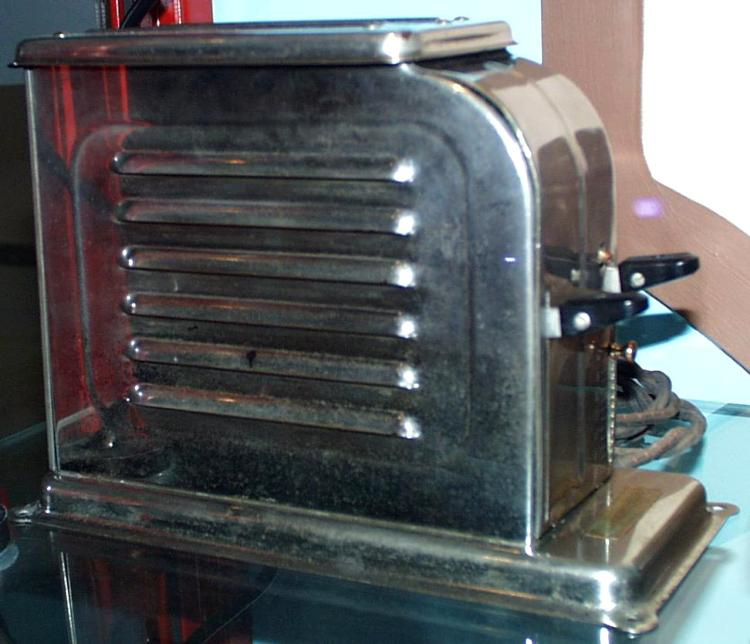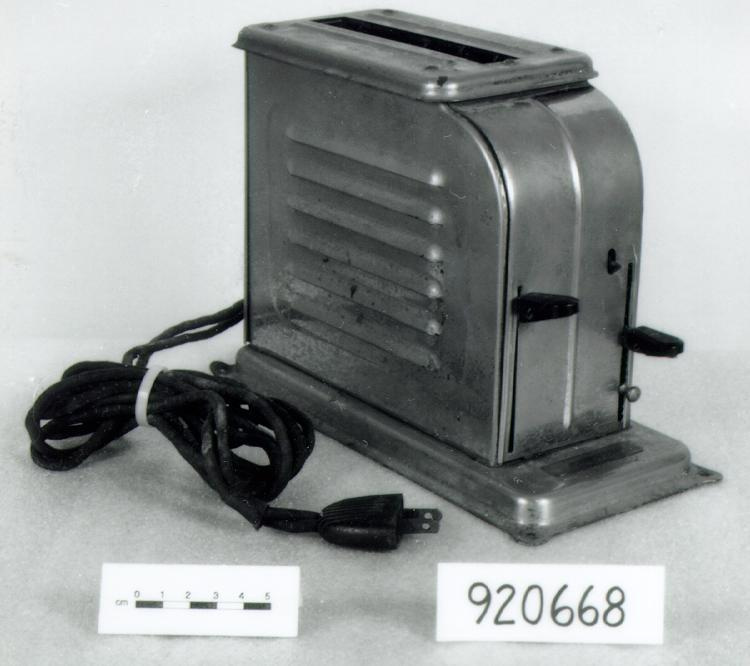Toaster
Use this image
Can I reuse this image without permission? Yes
Object images on the Ingenium Collection’s portal have the following Creative Commons license:
Copyright Ingenium / CC BY-NC-ND (Attribution-NonCommercial 4.0 International (CC BY-NC 4.0)
ATTRIBUTE THIS IMAGE
Ingenium,
1992.0668.001
Permalink:
Ingenium is releasing this image under the Creative Commons licensing framework, and encourages downloading and reuse for non-commercial purposes. Please acknowledge Ingenium and cite the artifact number.
DOWNLOAD IMAGEPURCHASE THIS IMAGE
This image is free for non-commercial use.
For commercial use, please consult our Reproduction Fees and contact us to purchase the image.
- OBJECT TYPE
- ELECTRIC/SLOT/AUTOMATIC
- DATE
- 1925
- ARTIFACT NUMBER
- 1992.0668.001
- MANUFACTURER
- Dalyte Electric Co.
- MODEL
- TOASTMASTER
- LOCATION
- Guelph, Ontario, Canada
More Information
General Information
- Serial #
- A
- Part Number
- 1
- Total Parts
- 1
- AKA
- N/A
- Patents
- N/A
- General Description
- NICKEL PLATED PRESSED METAL BASE & HOUSING/ WIRE ELEMENTS WRAPPED AROUND SHEET MICA CORES/ SYNTHETIC LEVER KNOBS/ BRASS MFR'S PLATE/ FIBRE COVERED CORD/ RUBBER PLUG WITH BRASS PRONGS
Dimensions
Note: These reflect the general size for storage and are not necessarily representative of the object's true dimensions.
- Length
- 26.0 cm
- Width
- 11.9 cm
- Height
- 18.4 cm
- Thickness
- N/A
- Weight
- N/A
- Diameter
- N/A
- Volume
- N/A
Lexicon
- Group
- Domestic Technology
- Category
- Food processing
- Sub-Category
- N/A
Manufacturer
- AKA
- Dalyte
- Country
- Canada
- State/Province
- Ontario
- City
- Guelph
Context
- Country
- Unknown
- State/Province
- Unknown
- Period
- Unknown
- Canada
-
Around the time when this toaster was produced, electricity was just beginning to enter Canadian homes. Prior to this, toasters and other electrical appliances were typically used in commercial settings, such as restaurants. Electrification of homes started initially through the introduction of lighting, leading to the development of some toaster cords that plugged into lightbulb sockets (Ref.1). In 1917, the two-prong system for electrical plugs was established and standardized across North America (Ref.1), and by the 1920s it became more affordable to bring electricity into the home. Between 1941-1951, the percentage of homes with electricity increased significantly, from 69.1% of homes, to 87.8%, with higher percentages in urban regions of the country (Ref. 2). To encourage further use of electricity in homes during low-peak hours, electric companies in Canada began to encourage use of electrical appliances. These companies targeted women in their marketing, promoting the benefits of appliances to reduce workload in the kitchen. Showrooms were set up across Canada by various electric manufacturers, inviting women to view various electrical appliances (Ref.1). As Canadians were introduced to the benefits of electricity in the kitchen, there was initially higher uptake of small electric appliances, such as toasters and irons, than the larger appliances. Between 1952-1960, the total number of toasters that were manufactured in Canada increased from 198,200 to 278,567 toasters total, or a total value of $1.2 million to $2.6 million (Ref.3). By 1931, 40% of homes across Canada owned a toaster (Ref.2). This toaster was manufactured by the Dalyte Electric company. This manufacturer operated in Guelph, Ontario as a producer of electric products (Ref.4). This industrial area in Guelph was developed by businessman James Walter Lyon, who acquired and sold properties around industries to workers, while also providing plots of land for industries to develop (Ref.5). As more workers were drawn to reside in Guelph, more manufacturers were drawn to Guelph to establish their factories, including Dalyte. The factory ran in the Allan Mill building initially from 1908- 1918, and was first known as Flexible Conduit Co. When it moved to its own 3 storey brick building in 1918, it changed its name to Dalyte Electric Co. The company shut down in 1929 at the start of the Great Depression (Ref.4). - Function
-
To toast bread on both sides. The levers push bread down into toaster, with a timed release to turn off the appliance. Toasts up to two slices of bread at a time. - Technical
-
This was the first pop-up toaster, invented by Charles Strite and patented on October 18th, 1921 (Ref.6). Prior to this invention, toasters did not have a timer, and required that the user attend to the appliance in order to determine when to flip the toast. As a result, toast frequently burned on these appliances. The Toastmaster solved these issues by integrating two sided elements, as well as a spring-loaded ejection system that was controlled using a timer to prevent overcooking. The Toastmaster was initially produced and manufactured by the Waters-Genter company in Minnesota. At first, these toasters were designed and marketed towards restaurants. As more North American households began to acquire electricity in the home however, Strite patented individual and domestic use toasters for the home setting (Ref.7). This ultimately set the stage for the widely accepted pop-up design of toasters today. The design of the toaster is functional in nature, the body is primarily made of pieces of bent metal that are screwed together. The spring that is part of the pop-up mechanism is run along the bottom of the toaster, stretching as the lever pushes the bread into the toaster, and releasing after a timed period, ejecting the toast from the slot. - Area Notes
-
Unknown
Details
- Markings
- RECTANGULAR MFR'SPLATE AT BOTTOM FRONT READS: 'AUTOMATIC ELECTRIC TOASTER/ CAN. PAT. NO. 233498 AUG. 14, 1923/ THE TOASTMASTER/ VOLTS 110 WATTS 600/ SER. NO. 1/ DALYTE ELECTRIC LTD./ H.E.P.C. APPROVAL NO. 210 GUELPH, ONT.'/SETTINGS ENGRAVED BESIDE SELECTION SLOT & LEVER READ (FROM TOP TO BOTTOM): 'A B C D E F G'/ MARKS ON PLUG INCLUDE 'VICEROY/ PAT. PEND./ MADE IN CANADA' & 'AMALGAMATED/ 15A 125V'
- Missing
- From CA of 03/17/1994 by Tony Missio: No - Complete
- Finish
- BASE & HOUSING METAL WITH POLISHED NICKEL FINISH/ LEVER KNOBS BLACK SYNTHETIC/ MFR'S PLATE BRASS UNFINISHED/ CORD COVERING BLACK & RED FIBRE/ PLUG BLACK RUBBER WITH PRONGS BRASS UNFINISHED
- Decoration
- N/A
CITE THIS OBJECT
If you choose to share our information about this collection object, please cite:
Dalyte Electric Co., Toaster, circa 1925, Artifact no. 1992.0668, Ingenium – Canada’s Museums of Science and Innovation, http://collection.ingenium.ca/en/id/1992.0668.001/
FEEDBACK
Submit a question or comment about this artifact.
More Like This



